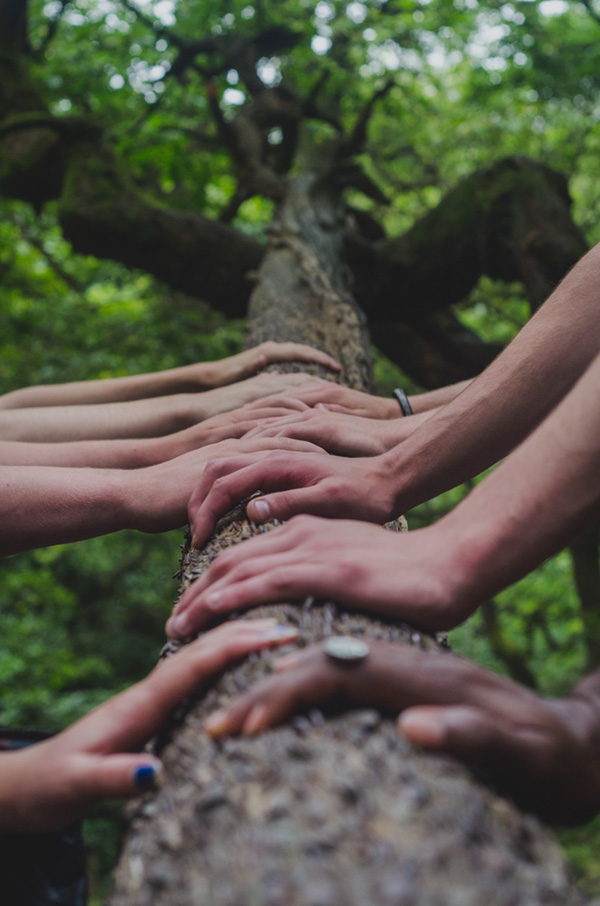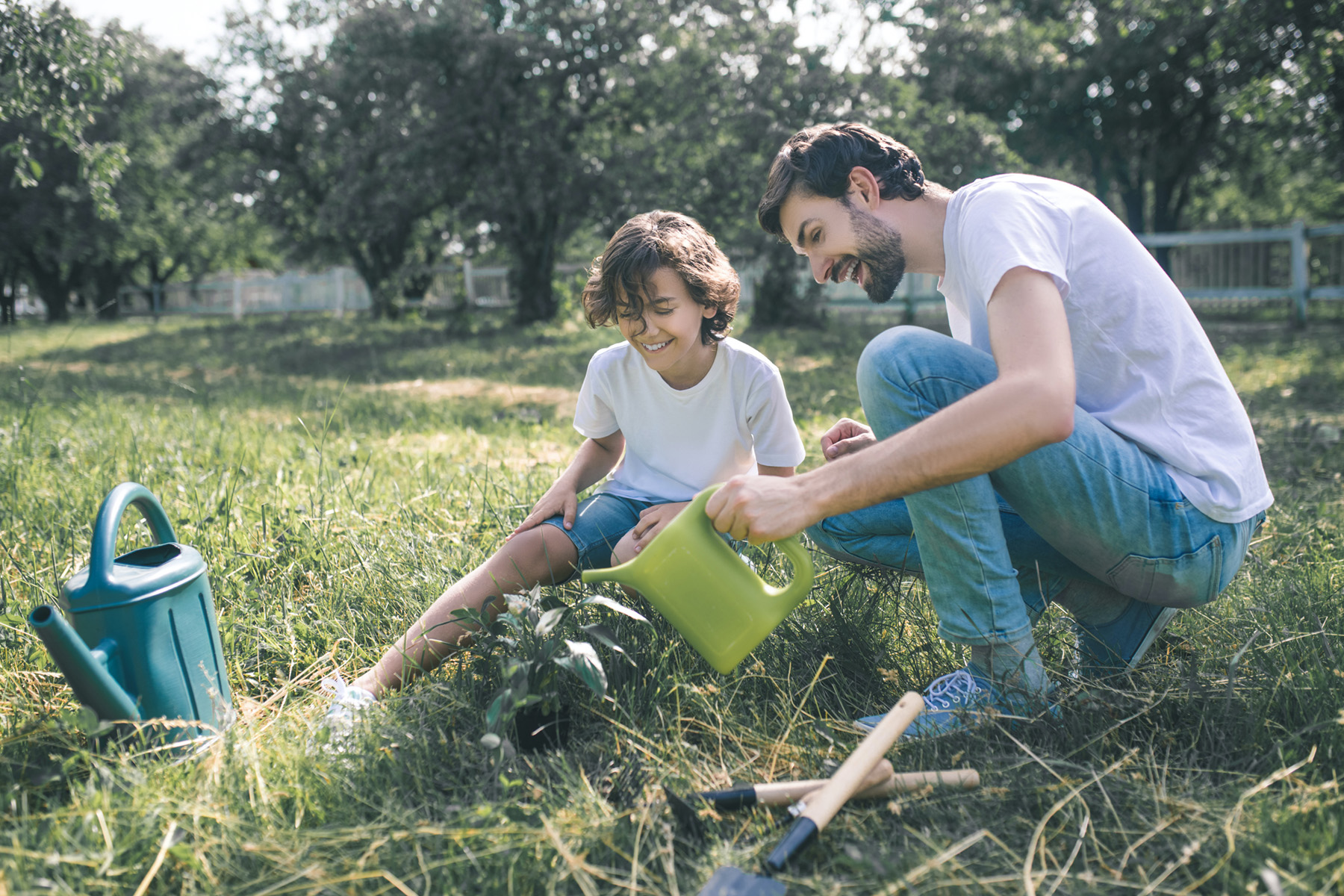GET INVOLVED IN NATURE RESTORATION
USE YOUR STRENGTHS

Individuals, groups and organizations can join #GenerationRestoration through any or all of the three pathways. But all initiatives need to be grounded in local realities, and some strategies may fit better than others. Here are some of the ways to consider your next steps.
INDIVIDUALS
Your habits and consumer choices are in your hands, so do the right thing, and persuade your friends and colleagues to join in. Take part and speak up in private and public discussions about how to improve the local environment. Join, donate to or volunteer for an organization that is protecting and restoring nature. Learn about local ecosystems and what is ailing them. Restore your own balcony, roadside, yard or garden with plant- ing and composting – it’s an ecosystem, too!
BUSINESSES
Apply your business skills and financial resources to a restoration project that benefits your local area or the places you impact through your work. Work with your staff to choose or design the project. Link with other liked-minded enterprises to ramp up the scale. Green your procurement, production and distribution policies to reduce the footprint of your products and operations. Restore the ecosystem functions of your own premises.
WORKERS AND TRADE UNIONS
Launch and implement local and national initia- tives to restore ecosystems that are important to workers and union members and ask employers for support. Campaign for the protection of workers whose livelihoods and health may be threatened by ecosystem degradation.
TEACHERS
Teach students about ecosystems, sustainability and the risks of environmental decline so they become the ecosystem stewards of the future. Put the concepts into action with restoration projects in the school compound and the local community, for instance to nurture trees, use compost, adopt a local ecosystem and prevent pollution. Use school trips to demonstrate the value of healthy ecosystems. One Tree Planted’s curriculum provides ideas for teaching about restoration, from primary school to university.
YOUTH GROUPS
Stand up for your future by raising your voices so that policy makers hear the call to protect and restore ecosystems. Organize those discussions yourselves and invite environmental experts to speak and the wider public to listen so thatawareness of the benefits of restoration can blossom. Match all the words with deeds by volunteering collectively to get your hands dirty in restoration projects, or devise and launch one of your own.

CIVIL SOCIETY ORGANIZATIONS
Poll your members on the priorities for ecosystem protection and restoration in your area. Find out what skills you have in-house. Decide where you can have the greatest impact. Would starting or support- ing a project be best? Are you better off presenting thought-through policy options to political leaders for action? Or would organizing an education cam- paign be the way to go? Join an alliance or build on. Make the link between your work and the health of our ecosystems – directly or indirectly. Trust your expertise and make the connections.
FARMERS AND LIVESTOCK KEEPERS
As custodians of the land, you have a special respon- sibility and opportunity to nurture and restore our ecosystems. As well as trying some of the restora- tion approaches for farmlands and grasslands outlined below, you can cooperate with other actors to restore whole landscapes that include many different ecosystems, both natural and modified.

CITIES AND LOCAL AUTHORITIES
As well as undertaking your own restoration actions, you can enable and support private-sector and civil society restoration initiatives, especially those on public land. You can be a strong local voice for restorationandcreateplatformsforotherstoamplify the message. Public contracting is another powerful tool to promote sustainability. Research has shown that small shifts – like mowing urban lawns less intensely – increases biodiversity and saves money.
SCIENTISTS
Deepen our understanding of the importance of ecosystems, the threats they face and develop solutions with insights from the social and natural sciences. Lend your expertise to restoration initiatives and monitor their impacts to furtherrefine our responses. Make use of innovations in technology – from remote sensing to artificial intelligence – to help us better monitor the effects of restoration across ecosystems.


